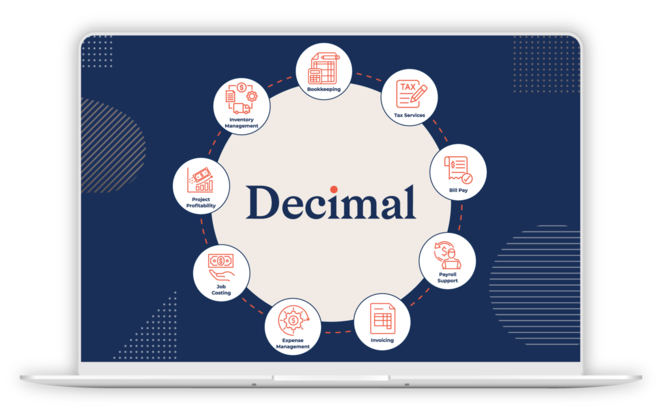Racing to meet deadlines is nothing new for accounting firms. At the end of the day, the returns get filed, reports get delivered, and clients are taken care of. But beneath the hustle, you’re paying the true cost of inefficiency: every deadline met feels more like dodging disaster than building success.
It’s not always obvious. Inefficiency rarely shows up as a single red flag; it creeps in quietly through wasted hours, duplicate work across disconnected systems, and missed opportunities.
Instead of focusing on clients, you’re stuck underwater in the daily grind. Staff scramble to complete work without structure. Leaders lack visibility into workloads and profitability. And clients start to lose confidence when delays or inconsistencies disrupt their experience.
Left unchecked, that daily grind becomes the norm and makes it harder to see just how costly inefficiency really is. Spotting those signals is how your firm can move from barely getting by to truly growing.
The true cost of inefficiency
Inefficiency creates a stifling atmosphere. Missed billable hours, higher turnover, client attrition, and stalled growth keep your firm paying a daily toll when it should be making space to thrive.
The costs show up in more ways than most leaders realize. These include:
- Lost billable hours: Accountants lose an average 1 in 5 billable hours because they don’t track time accurately or waste hours on nonbillable tasks.
- Missed deadlines: Inefficiency eats away at buffer time, leaving projects constantly at risk of running late.
- Hidden administrative overhead: Your team spends too much time chasing files, clarifying tasks, or checking progress instead of leading strategically.
- Staff burnout and turnover: Overworked employees drive the 15% turnover rate in accounting firms, and 84% leave voluntarily.
- Client frustration and attrition: Delays, errors, or lack of responsiveness push clients to look elsewhere.
- Errors and rework: Unclear workflows lead to duplicate efforts, mistakes, and costly do-overs.
- Document chaos: Misplaced files and difficulty finding what you need wastes valuable time and erodes trust.
- Reduced revenue: When you’re focused on just getting through the day, you miss billable time and can't take on new clients or expand services without overextending.
- Reputation damage: Dissatisfied clients share their experiences, don't make referrals, and damage your brand’s reputation.
The problem isn’t that inefficiency creates one big failure; it’s that it creates hundreds of small ones, and each one slowly drains profitability, staff morale, and client confidence.
Common inefficiency traps to watch for
Inefficiency hides in the daily routines and processes your firm has come to accept as “just the way we work.” What feels normal, like juggling multiple systems, re-entering the same data, or scrambling to assign projects, is often the biggest drain on your time, energy, and profit.
Disconnected tools
One of the most common traps is relying on too many disconnected tools. When each system is a singular, point solution designed to solve a single problem, it creates data silos that force staff to enter the same data into multiple places. It’s an invitation to errors and lost billable time.
Manual processes
Another culprit is doing everything by hand. Re-entering data, chasing down files, and correcting mistakes keeps your team in reactive mode. Instead of planning ahead, staff are busy putting out fires that take precedence over deadlines and client service.
Unbalanced workloads
Constant firefighting also hides bigger issues, like poor visibility into workloads. Without a clear view of capacity, it's impossible to distribute projects evenly. When some team members are overburdened while others are underutilized, burnout isn’t far away.
Lack of structure
Inefficiency also creeps in when roles and responsibilities aren’t obvious. Projects stall because no one knows who owns the next step, and small delays snowball into missed deliverables. In some cases, the impact is even more serious: errors or oversights can increase compliance risk and put your firm in jeopardy with audits and regulators.
Together, these traps create a dangerous culture of inefficiency that keeps your firm in survival mode. Recognizing them is the first step to breaking free.
5 strategies to reclaim lost profits with efficiency
Inefficiency doesn't have to be permanent. With the right strategies, you can focus on key areas for improvement to turn wasted time into billable hours, reduce stress on staff, and create more capacity for growth.
Strategy 1: Consolidate your tools
One of the most impactful changes is consolidating tools. Bringing client, staff, and project data into one centralized practice management system creates a single source of truth without forcing you to switch screens, re-enter data, or wonder where to find the file you need.
With everything in one place, leaders gain real-time visibility across the firm and teams work in sync.
Strategy 2: Enlist the help of automation
The repetitive tasks that eat away at your day don’t need to be manual anymore. Time entry, reminders, billing, and client communications can all be automated with accounting-specific tools that keep client data confidential and secure.
When these processes run in the background, your team reclaims valuable hours for higher-value work and clients enjoy consistency and accuracy every time.
Strategy 3: Track your true capacity
Without workload visibility, it’s impossible to know who’s stretched too thin and who has room to take on more.
Effective capacity planning strategies let you balance assignments with staff availability to keep burnout at bay and projects on track. Map out and standardize your workflows so every process has structure with clear, ordered steps to cut down on errors, eliminate rework, and trade guesswork for certainty.
Strategy 4: Upgrade your client experience
Make efficiency part of your client service strategy. Build a process that prioritizes quick, clear communication and eliminates the friction of working with you.
One of the easiest upgrades is using a secure client portal for messaging, document sharing, and online payments to make collaboration seamless. With faster responses, smoother interactions, and more transparency, clients have more confidence in your firm and stick around long-term.
Strategy 5: Know your numbers
Make data the backbone of your decision-making. Set up reporting that gives you visibility into metrics that signal inefficiency early, like realization rates, staff utilization, and project profitability.
Use these insights to spot where you need to improve, adjust workloads before burnout sets in, and identify which services drive the most growth. When you know your numbers, you can make confident decisions that protect profitability and create more room to scale.
Combat inefficiency with centralized control
Inefficiency is expensive. It drains billable hours, fuels staff turnover, frustrates clients, and stalls growth. But your firm doesn’t have to keep paying that price. The key is having a system that unites them in one place without adding more to your plate.
Modern accounting practice management software makes these strategies practical to implement.
The benefits extend across the firm:
- For leaders, centralization delivers real-time visibility into workloads, capacity, and profitability so confident, data-driven decisions are easier to make.
- For staff, it reduces burnout by removing duplicate work, clarifying priorities, and creating clear accountability.
- For clients, it translates into faster turnaround, more convenience, and service that strengthens long-term trust.
When your operations are centralized in one system, you shift your focus from patching problems reactively to creating a foundation for consistent, scalable efficiency.
Sponsored Content: This article is generously brought to you by one of our valued sponsors. Their support enables us to continue delivering expert insights and the latest industry trends to our dedicated community of accounting professionals.
.png?width=150&height=63&name=TWRlogo-regmark_blueblack%20(1).png)
.png)










Do you have questions about this article? Email us and let us know > info@woodard.com
Comments: